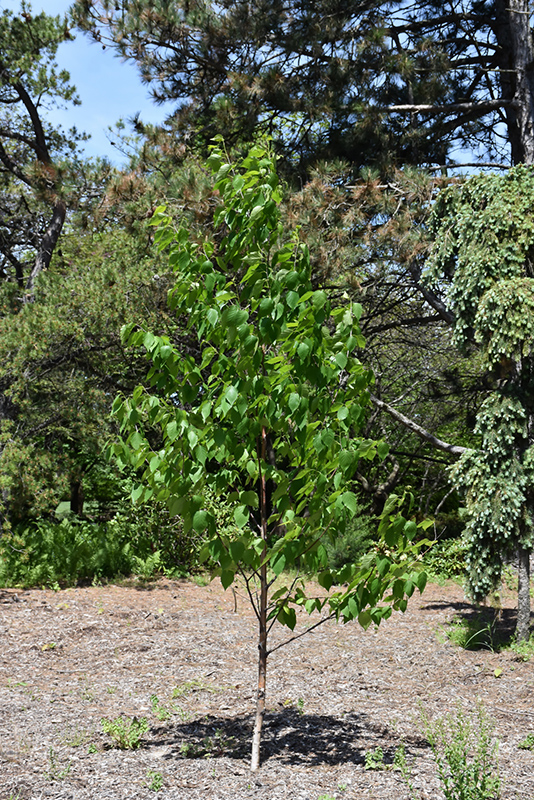>> Home
Renaissance Oasis® Paper Birch
Betula papyrifera 'Oenci'
Height: 50 feet
Spread: 30 feet
Sunlight:
![]()
![]()
Hardiness Zone: 3a
Other Names: White Birch, Canoe Birch
Brand: J. Frank Schmidt & Son Co.
Description:
This exceptional selection features bright white peeling bark at an early age, and golden-yellow fall color; shows greater drought tolerance and pH resistance than the species; resistant to bronze birch borer; perfect for winter landscape interest
Ornamental Features
Renaissance Oasis® Paper Birch has dark green deciduous foliage on a tree with an oval habit of growth. The serrated pointy leaves turn outstanding shades of yellow and in the fall. The peeling white bark is extremely showy and adds significant winter interest.
Landscape Attributes
Renaissance Oasis® Paper Birch is a deciduous tree with a shapely oval form. Its average texture blends into the landscape, but can be balanced by one or two finer or coarser trees or shrubs for an effective composition.
This is a relatively low maintenance tree, and should only be pruned in summer after the leaves have fully developed, as it may 'bleed' sap if pruned in late winter or early spring. Deer don't particularly care for this plant and will usually leave it alone in favor of tastier treats. It has no significant negative characteristics.
Renaissance Oasis® Paper Birch is recommended for the following landscape applications;
- Accent
- Shade
Planting & Growing
Renaissance Oasis® Paper Birch will grow to be about 50 feet tall at maturity, with a spread of 30 feet. It has a low canopy with a typical clearance of 4 feet from the ground, and should not be planted underneath power lines. It grows at a medium rate, and under ideal conditions can be expected to live for 70 years or more.
This tree does best in full sun to partial shade. It prefers to grow in average to moist conditions, and shouldn't be allowed to dry out. It is not particular as to soil type or pH. It is somewhat tolerant of urban pollution. Consider applying a thick mulch around the root zone in winter to protect it in exposed locations or colder microclimates. This is a selection of a native North American species.
